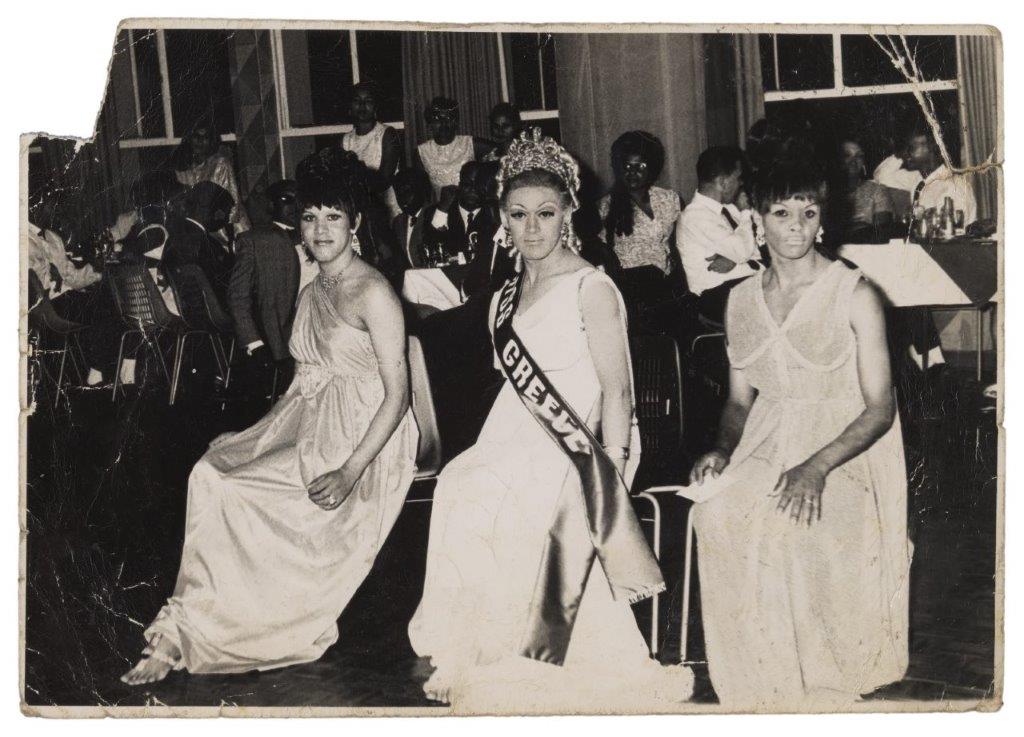
| The sisters regularly competed in queer beauty pageants. Pageants provided the queens with an opportunity to present and perform their femininity to an enthusiastic and responsive public audience. Competitions and beauty pageants received coverage in the Golden City Post and Drum magazine throughout the 1950s, ‘60s and ‘70s. Readers were fascinated by the queer community’s antics, and the magazines provide a useful, if skewed, repository of information on these events. The coverage often ‘othered’ members of the queer community, with photographs depicting performers as objects of titillation, whilst the text presented gay men and lesbian women as tragic social outcasts, leading bleak and desperate lives. Some of the most sensational stories were entirely invented by magazine staff. |
| Hairstyles in the salons were closely linked to hairstyles on screen. Popular hairstyles were bouffants, beehives, chignons, and the VIP curls. It could take an hour and a half to style the elaborate up-dos. Sometimes a hairdo would be done the night before a big occasion, and then the client would sleep with their head wrapped and propped up. Working in the hairdressing industry, concerned as it was with fashion and innovation, perhaps bestowed a particular status that allowed non-conformity when it came to appearance. The salon could be considered a space that facilitated transformation and reinvention in a manner that was more socially acceptable. The sisters modelled themselves on the glamorous and internationally famous stars of film and stage, with each taking on the name, style and persona of their chosen diva. (eg. Brigitte Bardot and Shirley Bassey.) Kewpie started her performance career using the drag name Doris Day, but there was already an older queen using that name. As Kewpie became better known she began calling herself Capucine, after the French actress and model: “I took her name as I saw her pictures.” Younger queens would always address Kewpie respectfully as Miss Capucine, and each generation was inspired by the women in vogue at that time. Yvonne de Carlo, a singer, dancer and choreography teacher, was performing in gay shows in District Six in the 1940s, pre-dating Kewpie’s era. She was in her 40s when Kewpie was in her early teens. The queens of District Six were famous for their performances. These concerts would usually be compéred by Tony Naidoo, and took place in different venues around the peninsula. Evelyn Petersen organised lots of the concerts and used to make good money from them, paying queens their wages after a show. Tickets were sold in the salons for 15 shillings, and were purchased by salon clients. In her own performances, Kewpie made the most of her dance training, and would perform jazz, rumba, samba or cha-cha dance numbers. She was also famous for performing a strip-tease on stage. As Apartheid progressed, it was increasingly difficult to find halls in which to stage shows. Special exemptions were required and it became too onerous to organise. The laws began to separate people. The Ambassador Club in Sir Lowry Road hosted fancy dress balls that became famous across the peninsula. Perhaps the most iconic of these was a seventeenth century-styled Parisian ball held in 1967, which Kewpie attended dressed as Marie Antoinette with her friend Sowda Osman. They paraded through the streets of District Six in a stagecoach drawn by four white horses, and on arrival waved fram a balcony to onlookers in the street below. Kewpie won first prize for best costumed dancer, with Sowda coming second. Parties were held at people’s houses in and around District Six. Some parties took a particular form known as a ‘drag’, an intimate alternative to public performance. In these spaces, male-presenting men would always be partnered with one of the ‘girls’, and generally this was the form in which “same-sex” relationships were tolerated – for example, two sisters would never be seen dancing together. |

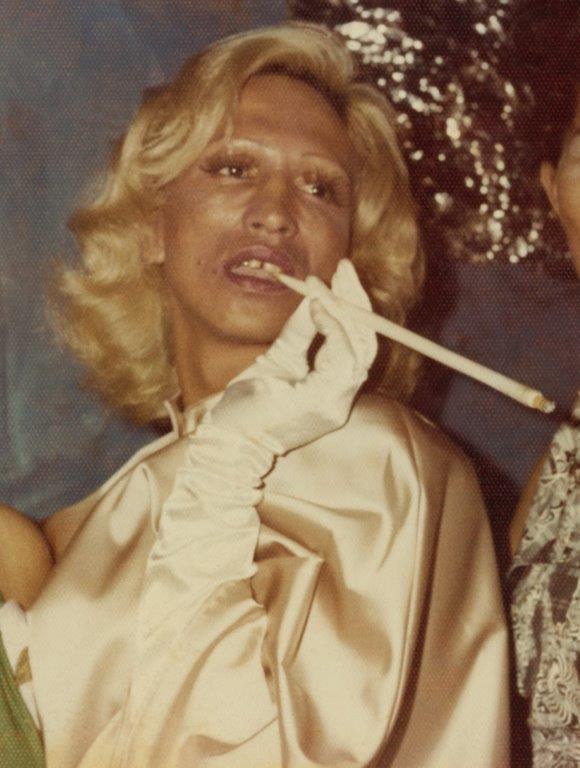
Rutger Street, 1974
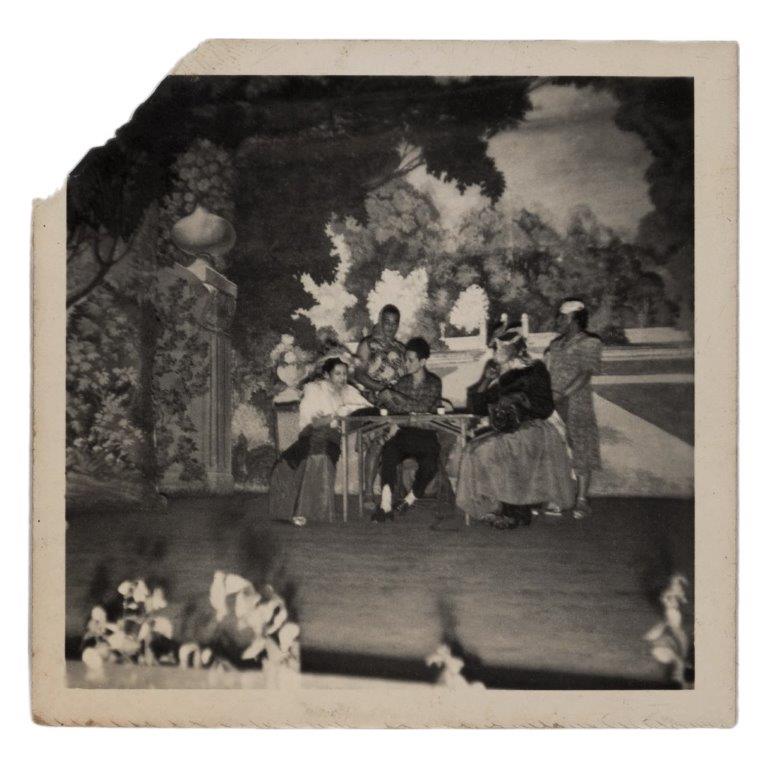
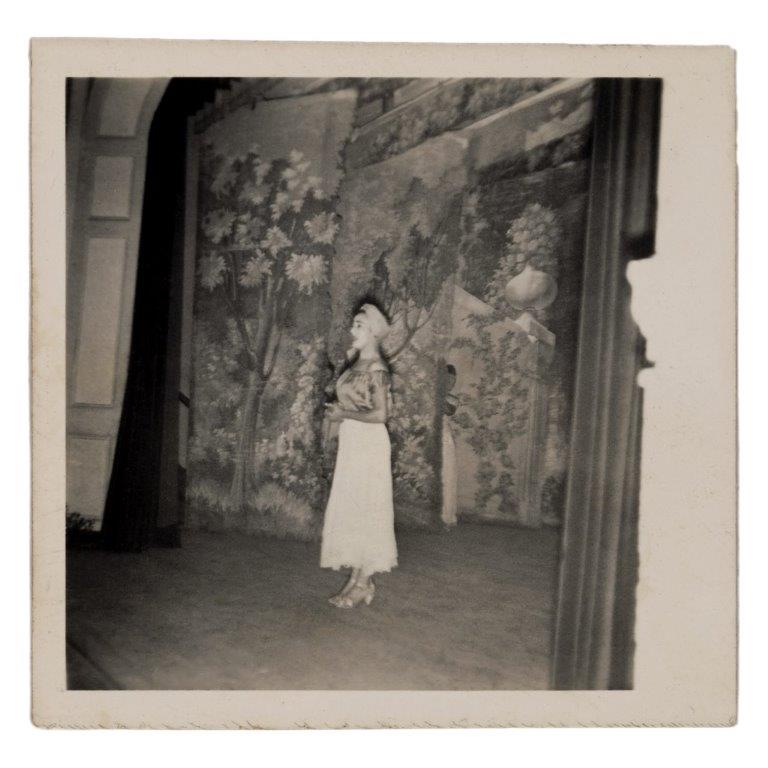
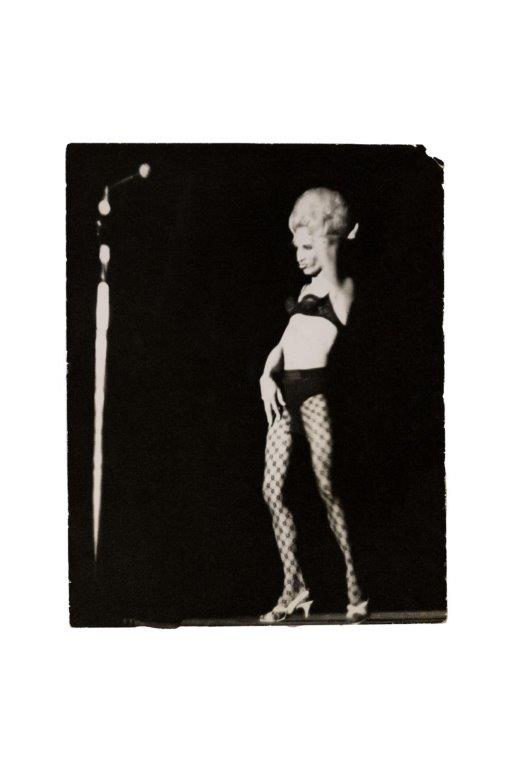
Competition (strip show) organised by the Stellenbosch winery.
the Kismet
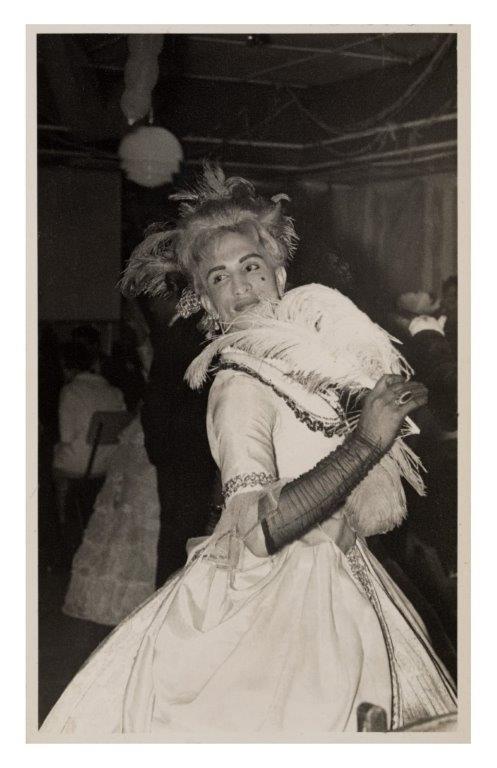
1967
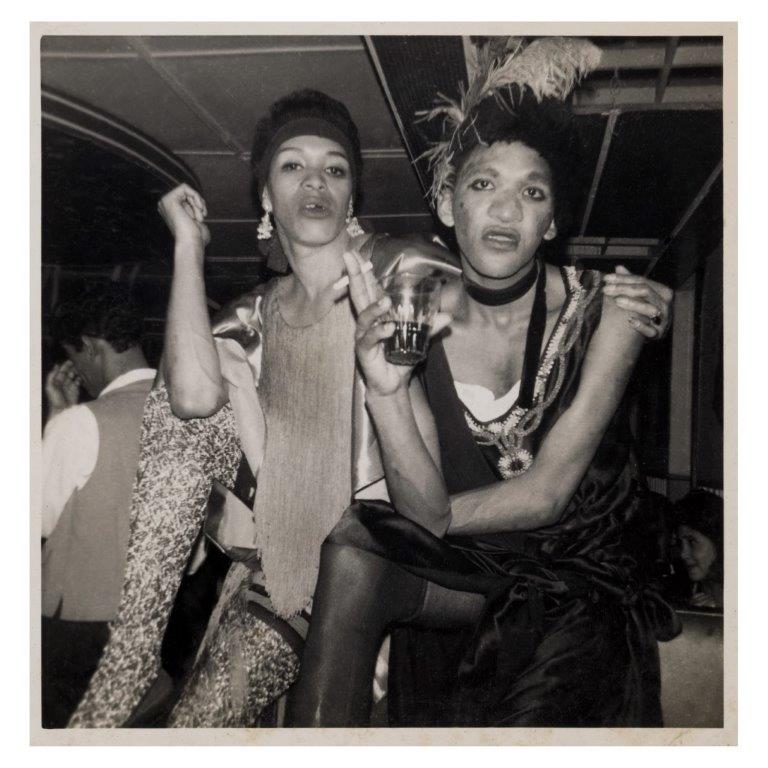
c. mid 1960s
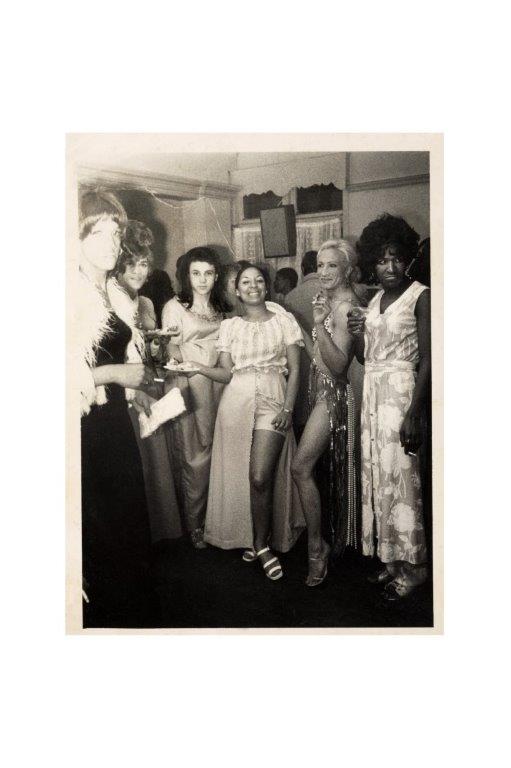
Mount Street
1971
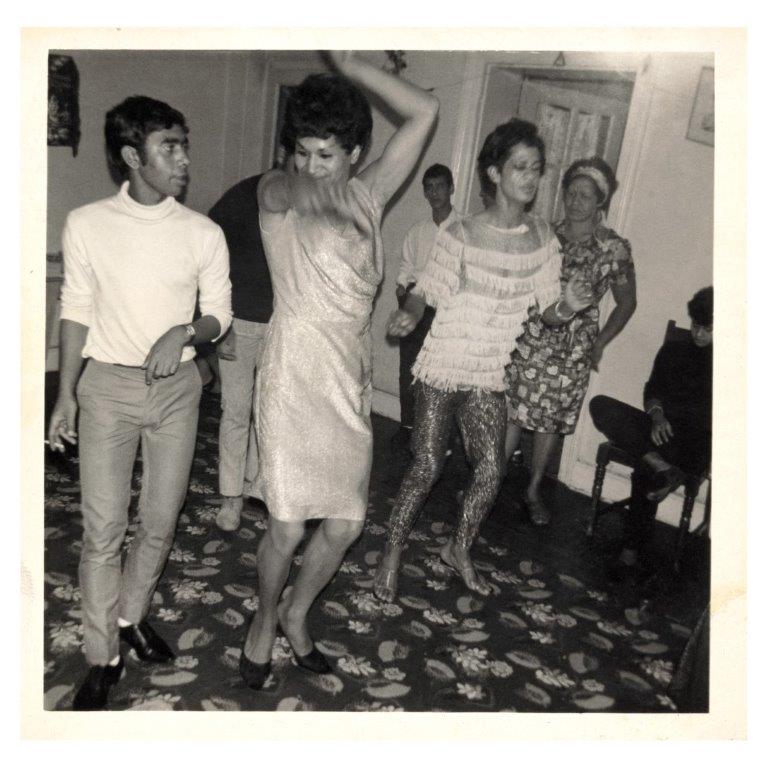
Left to right: Brian, Sammy, Brigitte and Mrs Mills at a party.
De Smidt Street
c. late 1970s